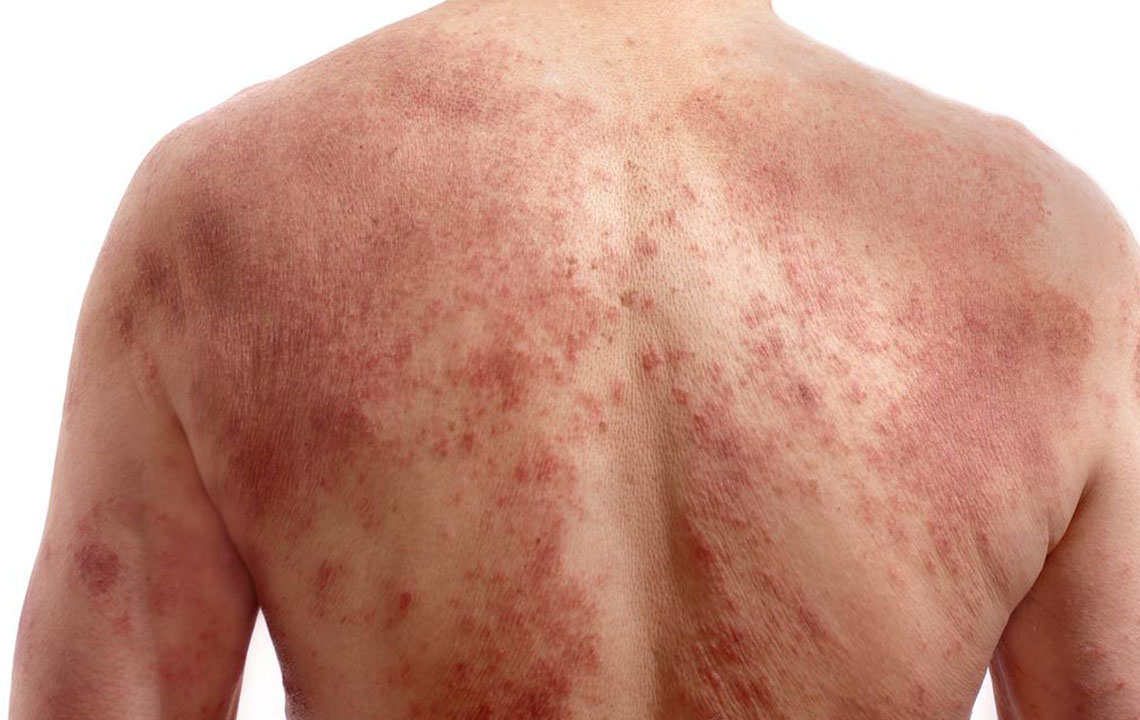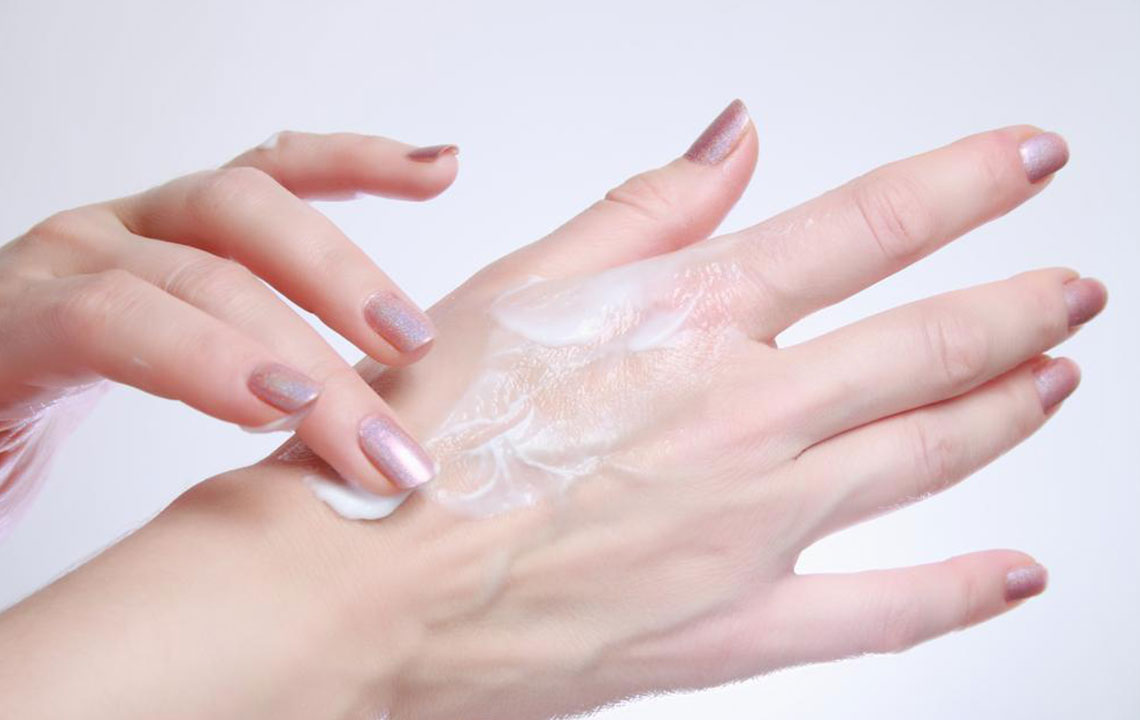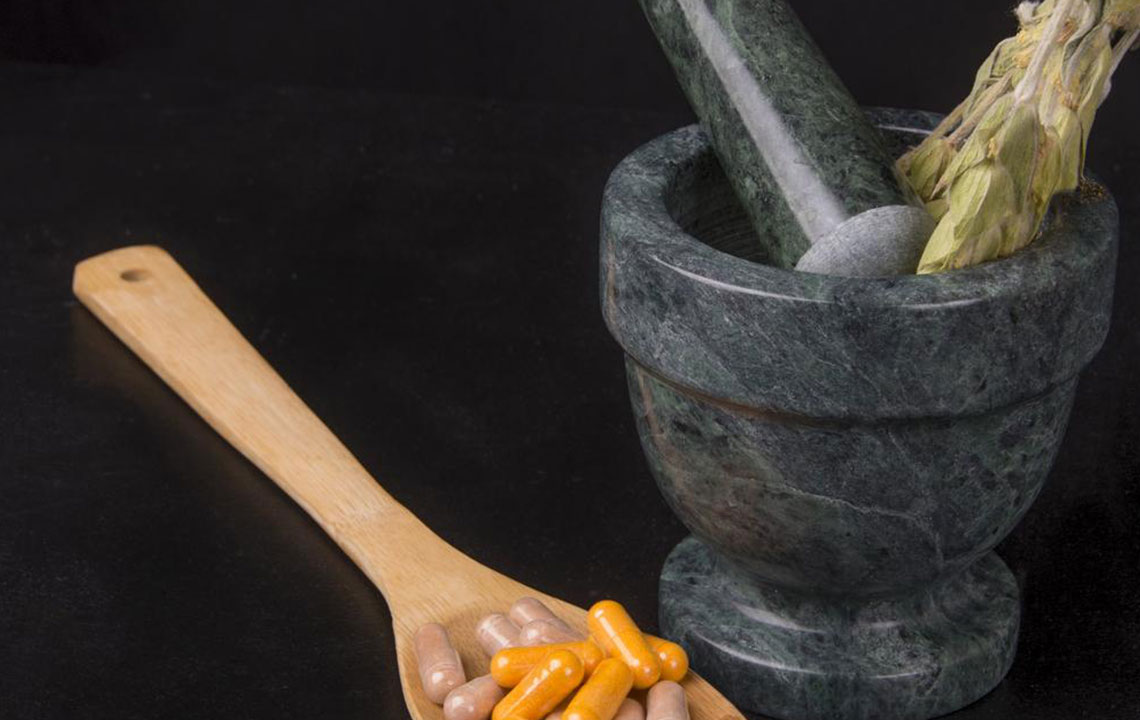Comprehensive Approaches to Alleviate Shingles-Induced Nerve Pain and Discomfort
This comprehensive guide offers effective strategies for managing shingles-induced nerve discomfort. From home remedies like baking soda pastes and cold compresses to advanced medical treatments such as medications and surgical options, learn how to reduce pain, prevent complications, and improve quality of life. Early detection and proper management are key to minimizing long-term nerve issues caused by shingles. Discover practical tips and treatments to help you combat shingles-related nerve pain effectively and restore comfort swiftly.

Comprehensive Approaches to Alleviate Shingles-Induced Nerve Pain and Discomfort
Shingles, also known as herpes zoster, is a painful skin condition caused by the reactivation of the varicella-zoster virus, the same virus responsible for chickenpox. This condition predominantly affects older adults and individuals with weakened immune systems. The primary symptom of shingles is a distinctive rash accompanied by intense pain, itching, and burning sensations. While the rash generally lasts about two to four weeks, the associated nerve pain can persist long after the skin lesions have healed, leading to a condition known as post-herpetic neuralgia. Managing this nerve discomfort is crucial for improving quality of life during and after a shingles episode.
Understanding how to effectively control and alleviate shingles-related nerve pain involves targeted treatments, proper home care, and sometimes medical interventions. In this comprehensive guide, we explore proven strategies, including both immediate relief options and long-term management techniques, to help those suffering from shingles navigate these challenging symptoms effectively.
Addressing Shingles and Nerve Pain Effectively
Proper management of shingles and its nerve-related symptoms can significantly reduce discomfort and prevent complications. Whether you're in the early stages of a shingles outbreak or dealing with ongoing nerve pain, these strategies can offer relief and improve your well-being.Preventing Skin Damage and Infection
One of the most important things to remember during a shingles outbreak is to avoid scratching or picking at the blisters. Scratching can damage the skin, cause bacterial infections, and prolong healing. To protect the skin, keep your nails short and clean, and consider wearing loose clothing to minimize skin irritation. If you experience significant itching, consult your healthcare provider for safe topical remedies that can ease symptoms without damaging your skin.Home Remedies for Immediate Relief
Many people turn to home remedies to manage discomfort. A well-known and effective approach is applying a baking soda paste. Baking soda’s alkalinity helps neutralize acids responsible for itchiness and inflammation, providing quick relief. To prepare this remedy, mix three teaspoons of baking soda with one teaspoon of water until you achieve a paste. Gently apply it to affected areas, allowing it to dry. This practice can help dry out blisters faster and soothe painful itching. You can repeat this process several times a day as needed, making it a simple yet effective remedy for managing early symptoms.Managing Post-Rash Nerve Discomfort for Long-Term Relief
Once the rash begins to subside, attention should shift to managing ongoing nerve pain, which can be particularly debilitating. Post-herpetic neuralgia often manifests as burning, stabbing, or aching sensations along the nerve pathways previously affected by shingles. Fortunately, multiple treatments are available to help manage this chronic discomfort.Cold Compresses for Pain Relief
Applying cold to the affected areas can significantly reduce nerve pain. Utilizing a cold, moist compress or an ice pack wrapped in a cloth helps numb the nerves and diminish inflammation. To implement this, place the cold pack on the affected skin for up to 20 minutes at a time, several times a day. Ensure there’s a cloth barrier between the ice and your skin to prevent frostbite. Regular application can ease the burning and stabbing sensations often associated with post-shingles nerve pain.Medications and Pharmacological Treatments
In many cases, healthcare providers recommend medications to control nerve pain. Common options include anticonvulsants, such as gabapentin and pregabalin, which stabilize nerve activity. Antidepressants like amitriptyline may also be prescribed to interfere with pain signals. Corticosteroids can reduce inflammation and nerve swelling for short-term relief. Additionally, antiviral medications are prescribed early in the outbreak to shorten duration and severity. Always consult your doctor before starting any medication, as these drugs require proper dosing and monitoring for side effects.Surgical and Advanced Therapeutic Options
When conservative measures fail to provide sufficient relief, more advanced treatments might be necessary. Procedures such as phenol nerve blocks, electrical nerve stimulation, or transcutaneous electrical nerve stimulation (TENS) therapy can disrupt pain signals, offering substantial relief. TENS therapy involves attaching electrodes to the skin near the affected nerves to deliver gentle electrical impulses, which help block pain transmission. Surgical options, although less common, are considered in severe, persistent cases and are typically pursued after exhausting all other options. These interventions are performed under specialist supervision and are tailored to individual patient needs.In addition to medical treatments, adopting healthy lifestyle practices like stress management, adequate sleep, and maintaining good nutrition can bolster your body’s ability to recover and manage nerve pain effectively. Educating yourself about shingles and its symptoms is also vital for early intervention, which can minimize long-term complications. Promptly consulting healthcare professionals at the first signs of shingles or persistent nerve pain ensures you receive appropriate treatment plans tailored specifically to your condition.
In conclusion, managing shingles-related nerve discomfort requires a multi-faceted approach that combines home remedies, medical therapies, and lifestyle modifications. Recognizing symptoms early and seeking timely medical advice can not only alleviate immediate pain but also prevent long-term nerve damage. Don’t endure persistent discomfort—reach out to healthcare providers to explore the most effective treatment options for your situation and regain control over your health and comfort.





